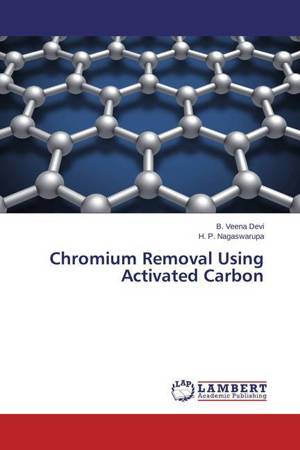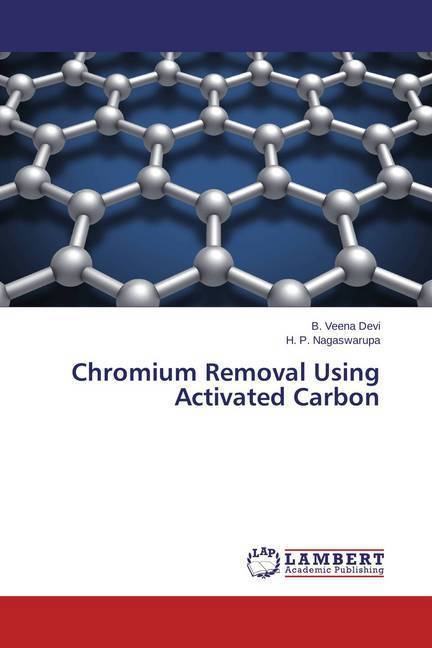
- Afhalen na 1 uur in een winkel met voorraad
- Gratis thuislevering in België vanaf € 30
- Ruim aanbod met 7 miljoen producten
- Afhalen na 1 uur in een winkel met voorraad
- Gratis thuislevering in België vanaf € 30
- Ruim aanbod met 7 miljoen producten
Zoeken
€ 63,45
+ 126 punten
Omschrijving
Heavy metal contamination of water is a grave environmental problem because of their potential toxic nature. Especially hexavalent chromium among the various heavy metals is a major global pollutant in this century. Threat to natural sources of water and hence to human health due to heavy metal pollution is of a serious degree. Selection of a method among the various technologies available merits adsorption of chromium by low cost materials as the best. This is a relatively new tool which has not been put to use on a large scale. Adsorption has evolved as the front line of defense for chromium removal in waste water. Activated carbon is a crude form of graphite with amorphous or semi crystalline structure. It has a highly porous structure with a broad range of pore sizes, from visible cracks, crevices to slits of molecular dimensions. The adsorptive properties of activated carbons are due to factors like high surface area, micro porous structure and a high degree of surface activity.Studies on chromium removal in the presence of other organic substances and other metals that are found in the effluents from tannery and electro plating industries were discussed.
Specificaties
Betrokkenen
- Auteur(s):
- Uitgeverij:
Inhoud
- Aantal bladzijden:
- 136
- Taal:
- Engels
Eigenschappen
- Productcode (EAN):
- 9783659677342
- Verschijningsdatum:
- 27/01/2015
- Uitvoering:
- Paperback
- Afmetingen:
- 150 mm x 220 mm
- Gewicht:
- 209 g

Alleen bij Standaard Boekhandel
+ 126 punten op je klantenkaart van Standaard Boekhandel
Beoordelingen
We publiceren alleen reviews die voldoen aan de voorwaarden voor reviews. Bekijk onze voorwaarden voor reviews.











